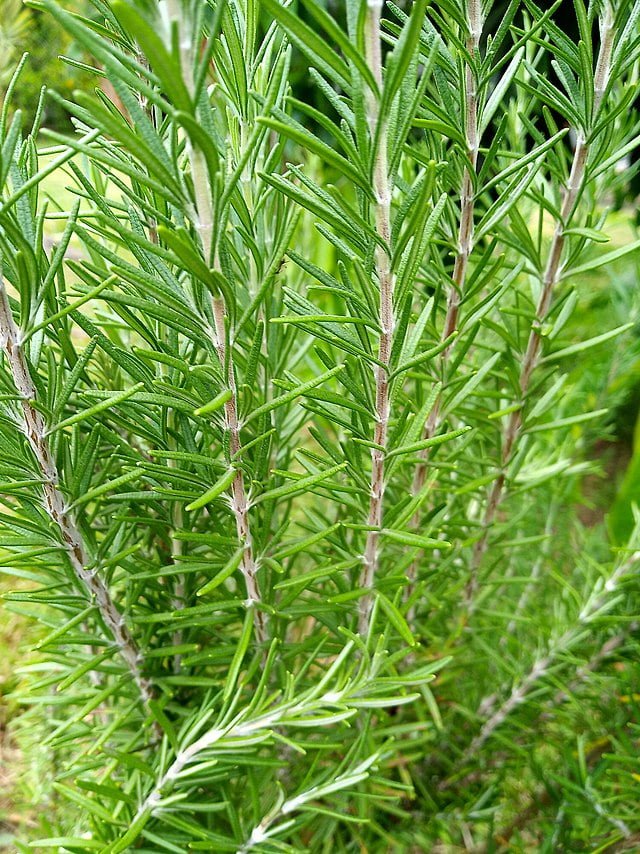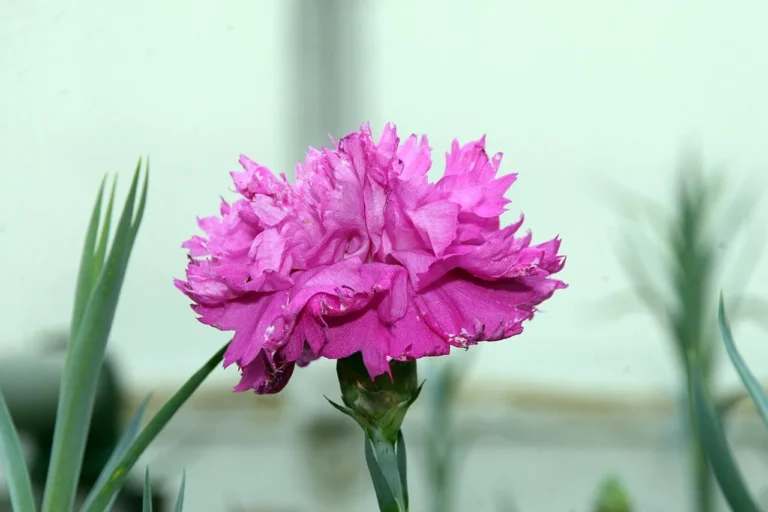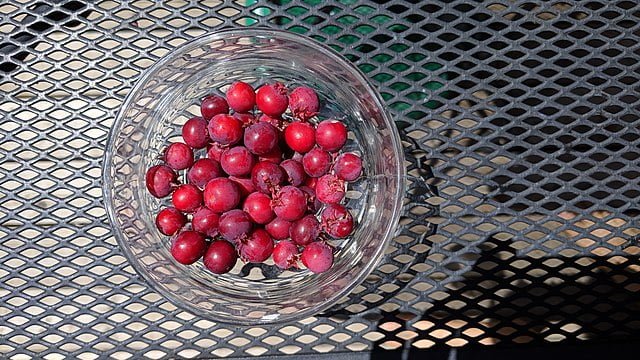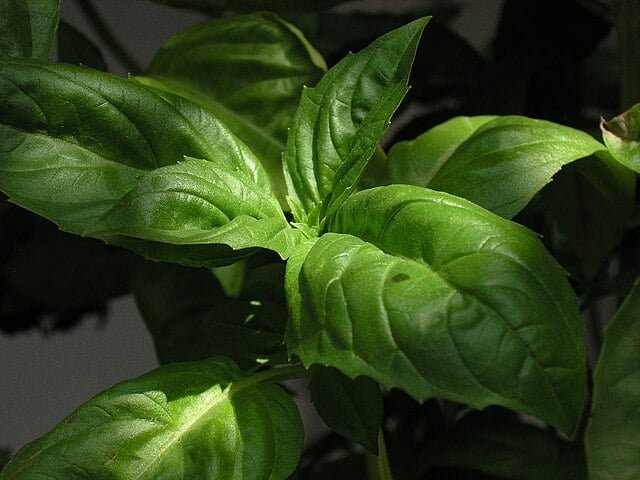The Aromatic Garden: A Comprehensive Guide to Growing Rosemary at Home
There’s something enchanting about a garden fragrant with the scent of herbs. One such herb that lends a distinctive charm to your green space is rosemary. Known for its intense fragrance and flavour, rosemary is also recognized for its beautiful blue flowers and evergreen needles. And the best part? This Mediterranean native is quite straightforward to grow. Today, we’re walking you through the process of growing and caring for rosemary in your own garden.
Understanding Rosemary
Rosemary (Rosmarinus officinalis) is an aromatic, evergreen herb renowned for its culinary, medicinal, and ornamental uses. Its needle-like leaves carry a strong scent and are often used to flavour various dishes, while its charming blue flowers attract pollinators to the garden. Rosemary is a drought-tolerant herb, making it an excellent choice for xeriscaping and water-efficient gardening.
Planting Rosemary
- Choose the Right Variety: There are numerous varieties of rosemary to choose from, with different growth habits ranging from upright to trailing. Some popular varieties include ‘Tuscan Blue’ for its excellent flavour and ‘Prostratus’ for its lovely cascading growth.
- Site Selection: Rosemary thrives in a location with full sun and well-draining soil. It prefers a soil pH between 6.0 and 7.0.
- Planting: Space rosemary plants 3 to 4 feet apart to allow for their mature size. If you’re planting in a pot, ensure it has good drainage holes.
Caring for Rosemary
- Watering: Rosemary is a drought-tolerant plant, so it’s crucial not to overwater it. Allow the top few inches of soil to dry out between watering.
- Pruning: Regular pruning helps maintain the size and shape of your rosemary and promotes bushier growth. Prune in spring or early summer before the plant flowers.
- Winter Care: In colder climates, consider growing rosemary in containers that can be brought indoors during winter. The plant can tolerate cold, but it’s sensitive to severe frost.
- Fertilizing: Rosemary doesn’t require heavy fertilization. If your soil is poor, you can feed the plant a balanced, slow-release fertilizer in the spring.
Harvesting and Using Rosemary
You can start harvesting rosemary once the plants are established. Use a sharp pair of scissors to cut off sprigs, but never remove more than a third of the plant at one time. Fresh rosemary can be used immediately, or you can dry it for later use.
Aside from its culinary uses, rosemary can be used to create fragrant sachets, potpourri, and even natural cleaning products. It’s also a popular plant for topiaries.
Conclusion
Growing rosemary at home is a rewarding experience, offering you a fresh supply of this fragrant herb right at your fingertips. Whether you’re using it to enhance your recipes, create homemade crafts, or simply enjoy its aromatic presence, rosemary is indeed a wonderful addition to your garden.







